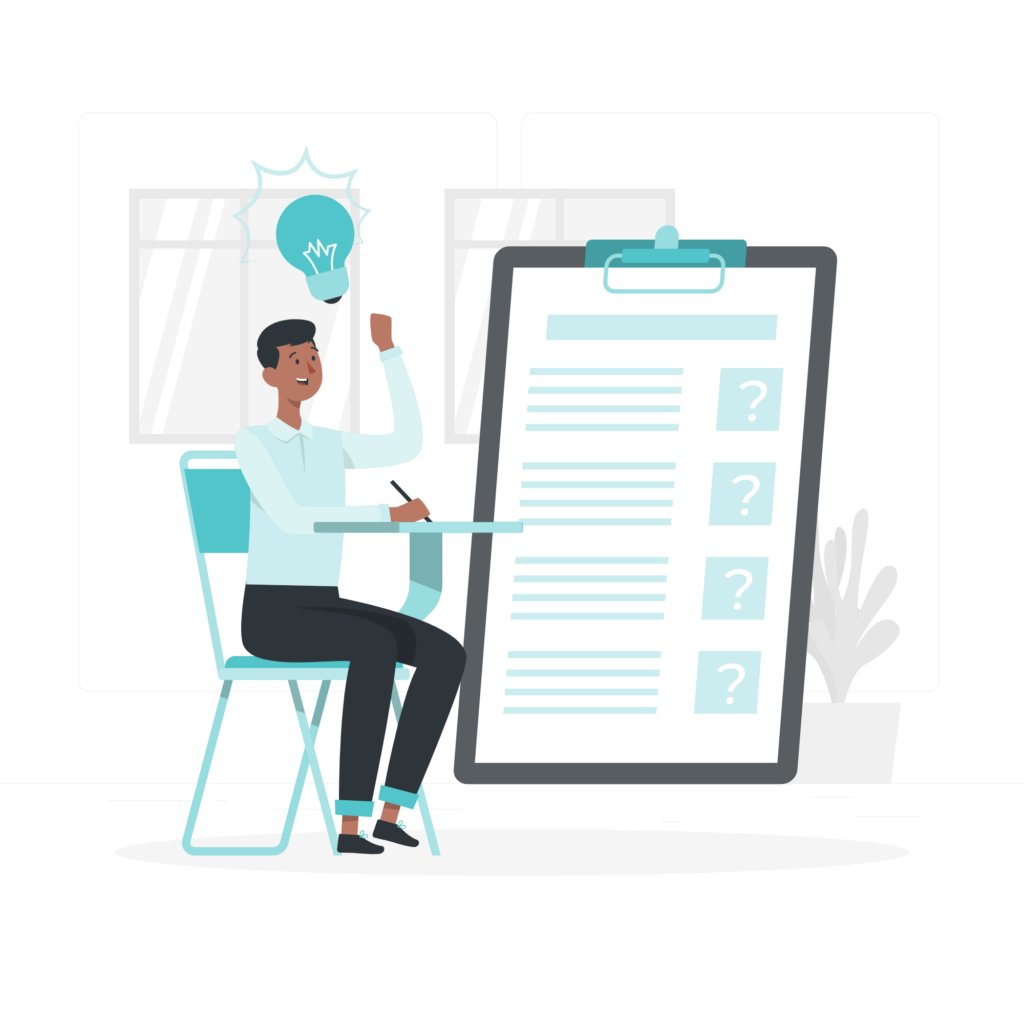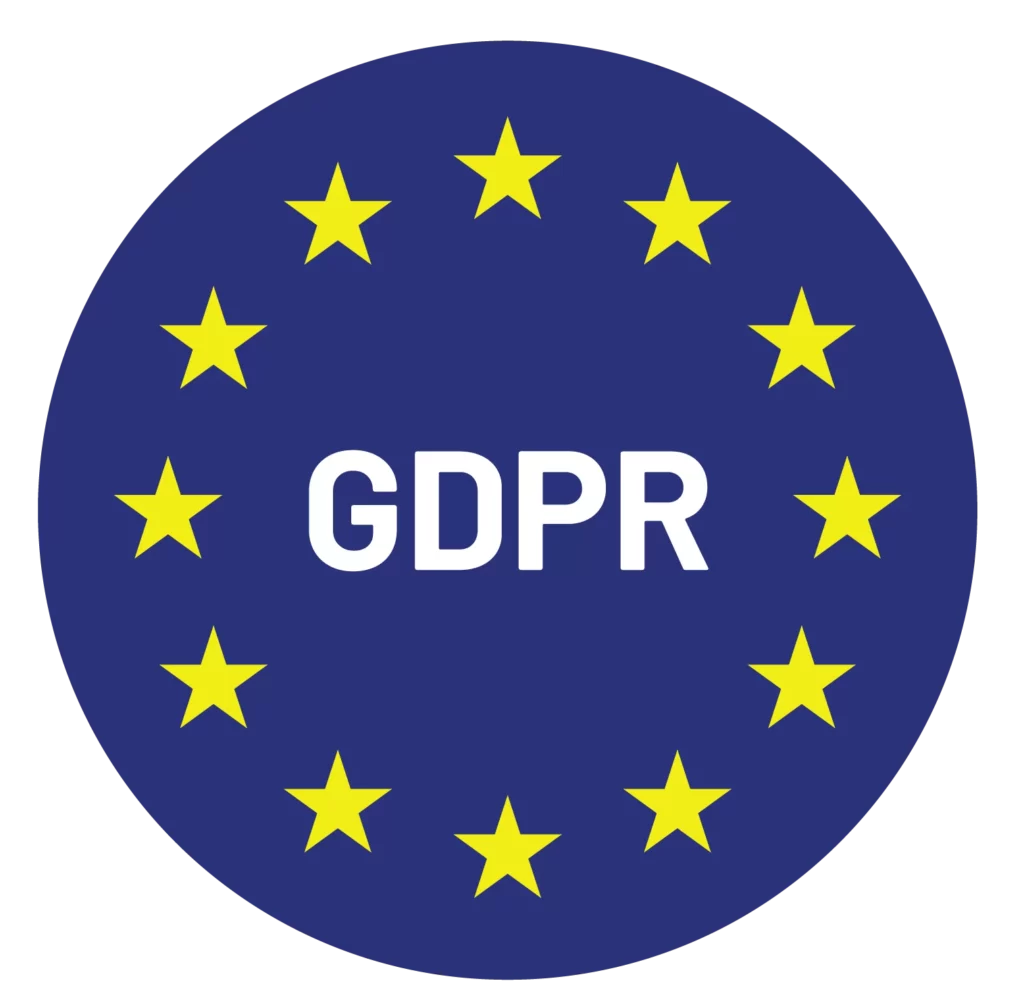Create Your IDP

Create Your IDP
This leadership coach tool kit provides a concrete blueprint against which to measure progress through engagement. It also serves as a great way of motivating & maintaining accountability in your client.
Coach’s Create your Individual Development Plan (IDP) is a comprehensive 3-part digital coaching tool.
The IDP process is about answering three questions:
- Where am I now?
- Where do I want to be?
- How will I get there?
Each part of this digital coaching tool helps the client focus and find answers to each of these questions.
This tool is perfect for coachees going through an executive coaching program, especially if it’s being sponsored by their employers. The completed report can also be shared with the coachee’s manager for approval.
However, this tool can also be used for other types of coaching, if the coachee is ready to put down a very structured and detailed plan in the developmental areas they are working with you on.
A comprehensive Individual Development Plan formulated by the coachee and agreed upon by their manager is a crucial piece of a successful coaching engagement. Not only does this provide a concrete blueprint against which to measure progress through the engagement, but also serves as a great way of motivating and maintaining accountability in your client, such as when they are facing resistance or difficulties in their growth.
Further, as it is recommended that the responses to the tool are also signed off by the manager, it also gives the coachee a great reason to reach out to the manager for support.
Usage does vary amongst coaches, but it is generally best to use the tool a couple of sessions into the engagement, after preliminary discussions between you and the coachee.
Of course, the tool can also be run again in a few months, when the IDP needs to be updated.
That being said, organizations have their own timelines for IDP creation and updates, and the tool has been built keeping that in mind.
Further, given that creating one’s IDP is an intense process, and split into 3 steps with Simply.Coach’s tool, we suggest spreading it over 4 weeks, allowing you a couple of sessions while the IDP is being created by your client.
60-90 minutes for step 1 of IDP, and 20-30 minutes each for steps 2 & 3
Step 1 - Self Assessment
a) Achievement Areas
Describe two or three pieces of work or projects of which you are particularly proud of.
What was it about your unique qualities, skills, knowledge, or strengths that made it possible to achieve these results?
What are the three professional strengths that you think you have?
b) Development Areas
List below two or three aspects of your job you avoid doing, dont enjoy doing, dont know much about, or think you are very good at it.
Identify someone who does the tasks that you are weak at well and ask for their guidance on how to improve your skill in this area.
Identify two or three new development activities or processes that will engage to improve your skill in these areas.
c) Job Specific
List three actions you would like to take this year to gain a better understanding of the organization, your unit/division/department, or your own job.
What kind of support and/or guidance would you like to see from your supervisor?
Identify at least two potential mentors with 5 or more years of experience that can help with your job skills development, which are the technical skills of your job, and career planning skills development.
Step 2 - Goal Setting
Goal setting is the cornerstone of the IDP. Developing clear and measurable long-term and short-term goals is critical to identifying appropriate developmental objectives and activities.
IDPs contain short-range and long-range goals. Short-range goals are outcomes that you want to achieve within the next 1 to 2 years while long-range goals are outcomes you want to achieve within the next 3 to 5 years. Goals beyond 5 years are not practical for IDP purposes.
An effective goal is S.M.A.R.T.
- Specific-Clear enough that others can understand it and conceptualize it.
- Measurable-Goals do not have to have numerical measurements, but you and others need to be able to know, through observation, that you have completed the goal
- Achievable-While goals should stretch you, they need to be concrete enough so that they can be achieved within the timeframe designated and within reasonable means by you and the company
- Relevant – Your short-term goals need to be aligned with your position or other positions you hope to obtain as well as the company’s mission.
- Time Bound-As with writing down a goal, setting a realistic time frame, helps drive completion.
Goal 1
Goal 2
Goal 3
Goal 4
Step 3 - Identifying Your Developmental Objectives
First, briefly identify the required duties or tasks outlined in the full performance level job description involved in being project manager. In the case of a project manager, they might include:
- Planning new projects
- Guiding team members
- Writing technical reports
- Managing a budget
Next, select one duty or task. For example: Writing technical reports
For that one duty or task (eg. writing technical reports), write down the knowledge, skills, and abilities required to do that task. Ask What would someone new to this task have to learn to do the job successfully?
For example:
- Ablity to analyze data and form conclusions
- Knowledge of the organization’s technical requirements.
- Writing clearly and grammatically correct.
Then, include those you need to improve as your development objectives.
setting a realistic time frame, helps drive completion.
Objective 1
Objective 2
Objective 3
Others – Add all other objectives
Simply click here to sign up for Simply.Coach and get your “Create your IDP” tool added to your coaching toolkit for free. Invite clients for individual or even group & team engagements, and administer these tools to them for a more impactful and professional digital coaching experience.
And these Digital Tools are just one part of what Simply.Coach can do for you and your clients! To learn more, check out this video or sign up for a free trial now (no credit card required)!
Digital Tools help you bring the entire life-cycle of all your coaching instruments into a comprehensive coaching management software. With it, you can build any custom tool, send it out to your coaching clients and stakeholders directly from the platform, have the responses automatically collected for you, track and send reminders to those who have not responded, and gain insights from the responses to drive greater outcomes for your clients.
To learn more, check out this video or this article.
Other Templates

Here’s an effective coaching technique devised by Marshall Goldsmith to help coachees make positive changes in the future by prompting stakeholders for expansive & dynamic inputs

Help your clients ideate on the small habits using this coaching technique so that they can progress effortlessly towards their goals & objectives

This coaching assessment tool is popular for its simple & clear structure that provides a well-rounded view of the coaching impact on the individual, organization, & society




